Series Paints "Haystack" - Claude Monet
Monet first periods described a certain theme in different weather conditions. Over the years, his work on light and weather has become more methodical. In the 1890 - 1891s he studied the same themed impressionist works in a different time and light conditions. He worked on a series of haystack (Strawbale) artifacts in the Giverny fields. In some of the works that make up the series, the haystack is depicted closely, and in others, they describe two haystack. The common point in all the paintings was that they were in the focus of the picture with the haystack.
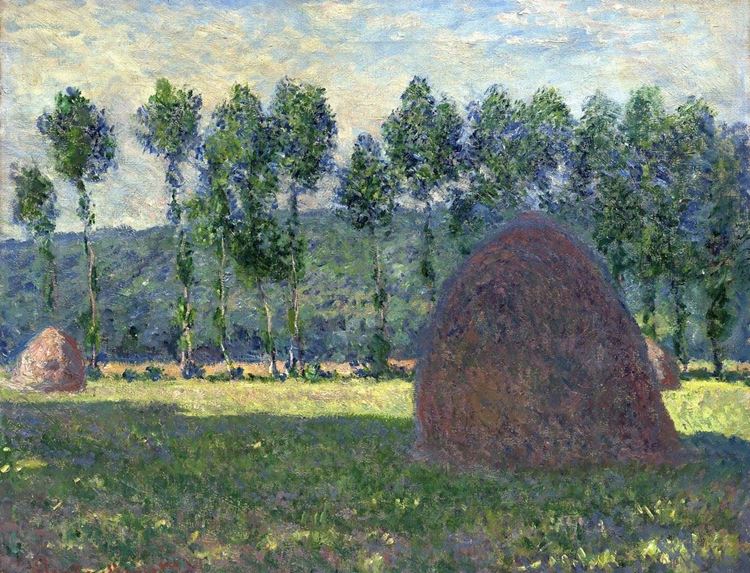
Haystack at Giverny, 1889, The Pushkin Museum of Fine Arts, Moscow, Russia.
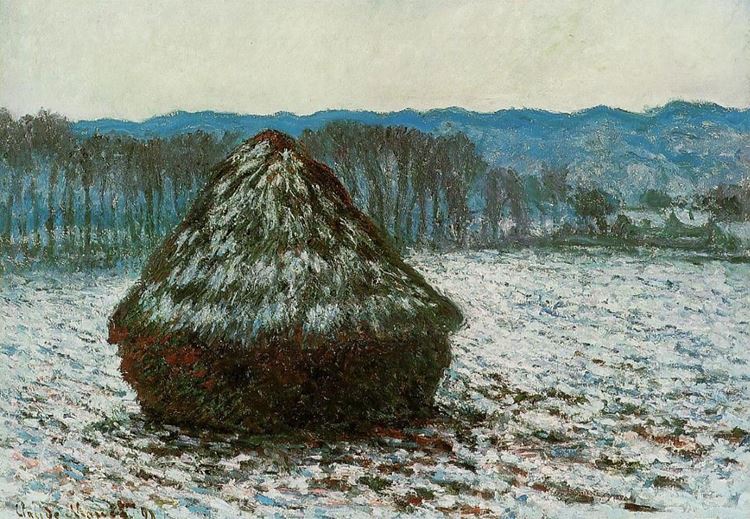
Haystacks, 1890-1891, The Art Institute of Chicago, Chicago, US.
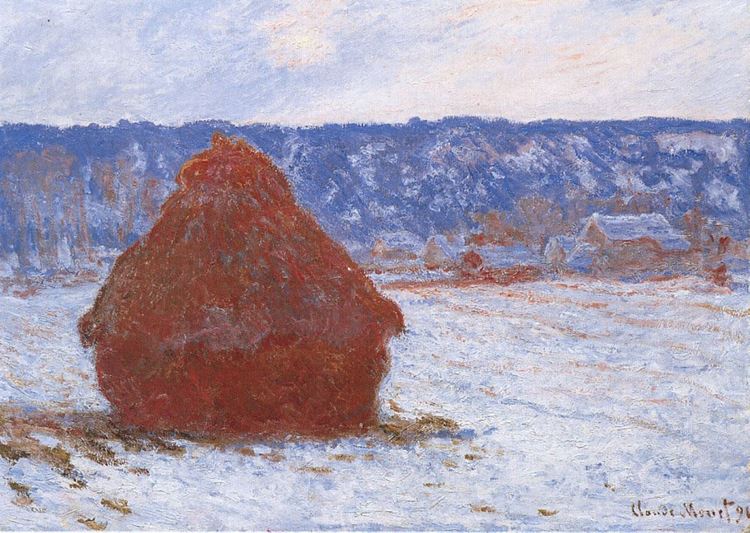
Haystack, Snow Effect, Overcast, 1890-1891, The Art Institute of Chicago, Chicago, US.
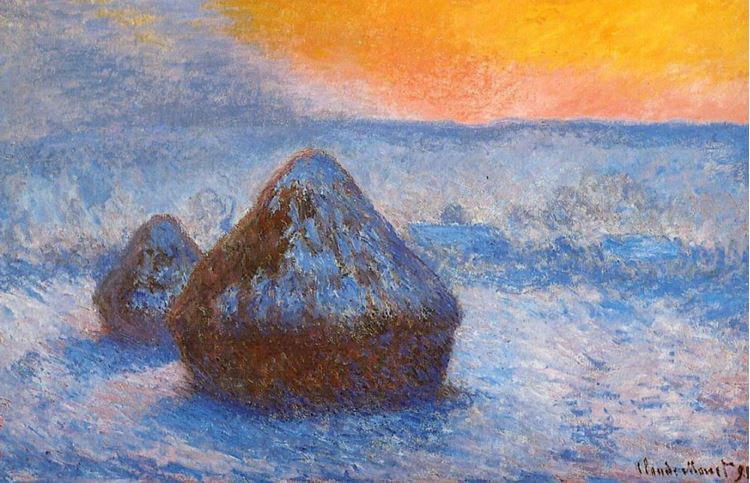
Haystacks, Sunset, Snow Effect, 1890-1891, The Art Institute of Chicago, Chicago, US.
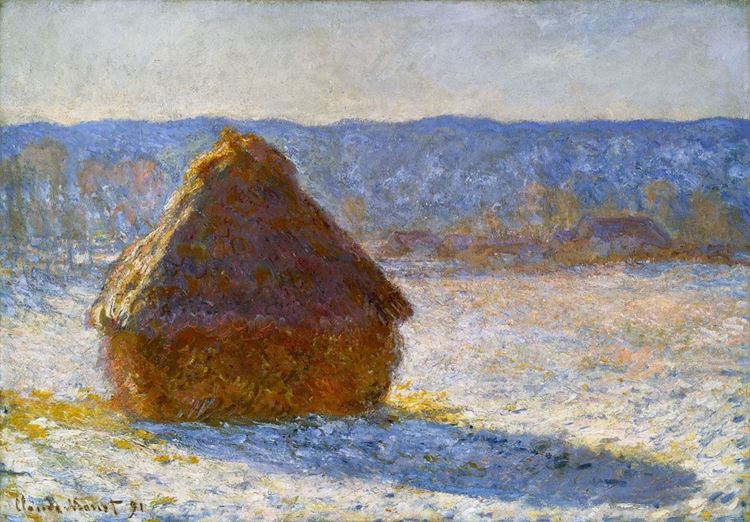
Haystack, Snow Effect, 1891, Museum of Fine Arts, Boston, US.
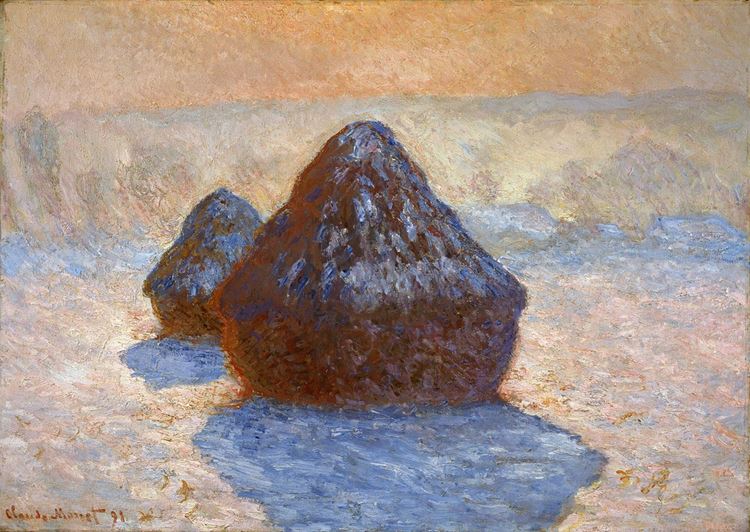
Haystacks, Snow Effect, 1891, National Gallery of Scotland, Edinburgh, Scotland.
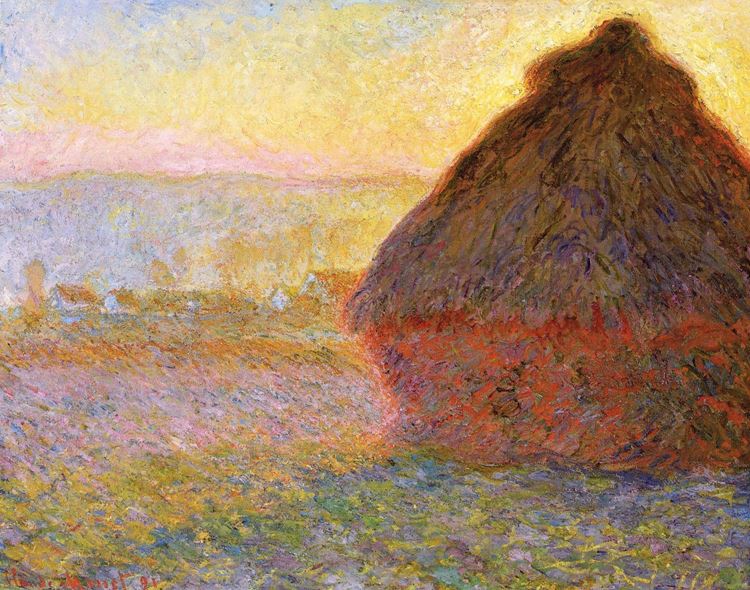
Haystacks, Sunset, 1891, Museum of Fine Arts, Boston, US.
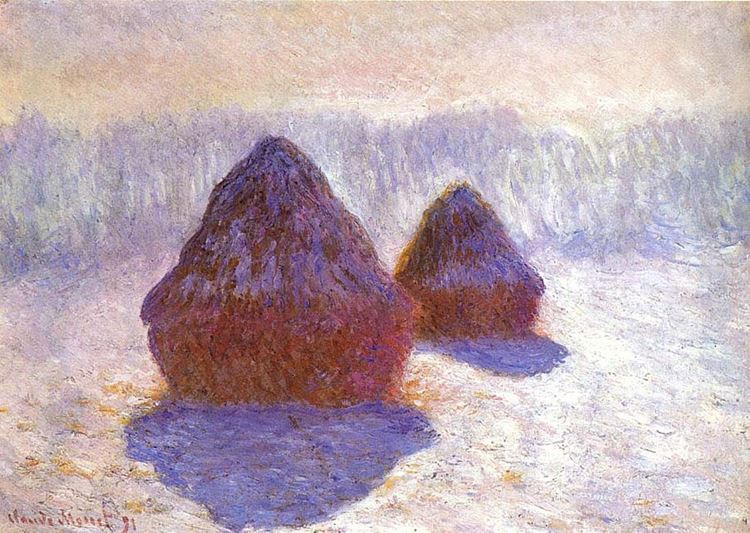
Haystacks, Effect of Snow and Sun, 1891, The Metropolitan Museum of Art, New York, US.
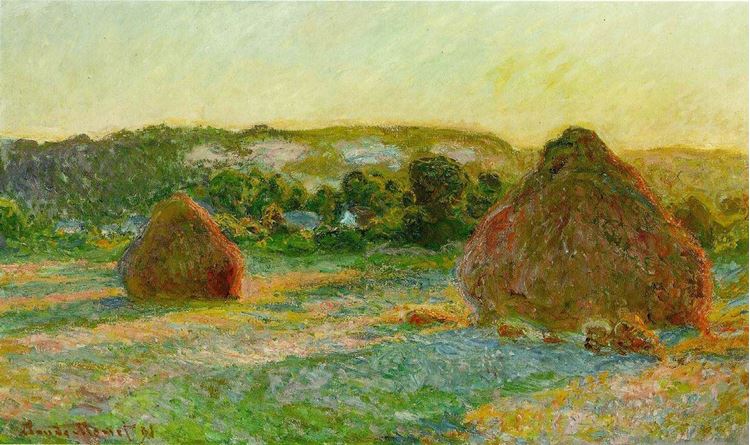
Haystacks, End of Summer, 1890-1891, The Art Institute of Chicago, Chicago, US.
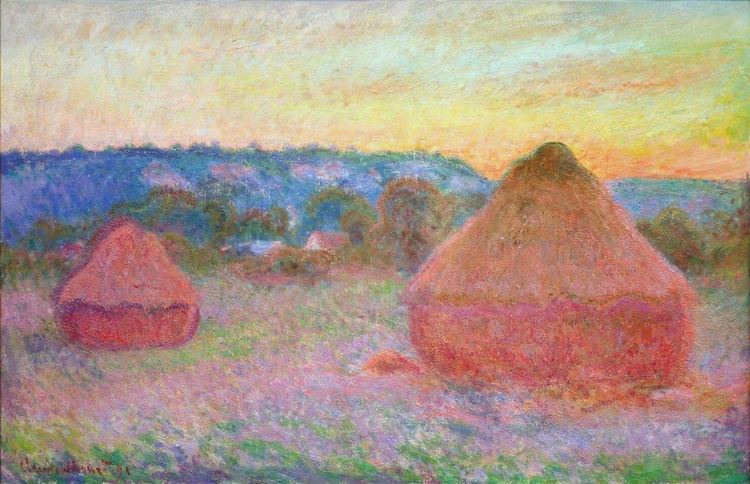
Haystacks, End of Day, Autumn, 1890-1891, The Art Institute of Chicago, Chicago, US.
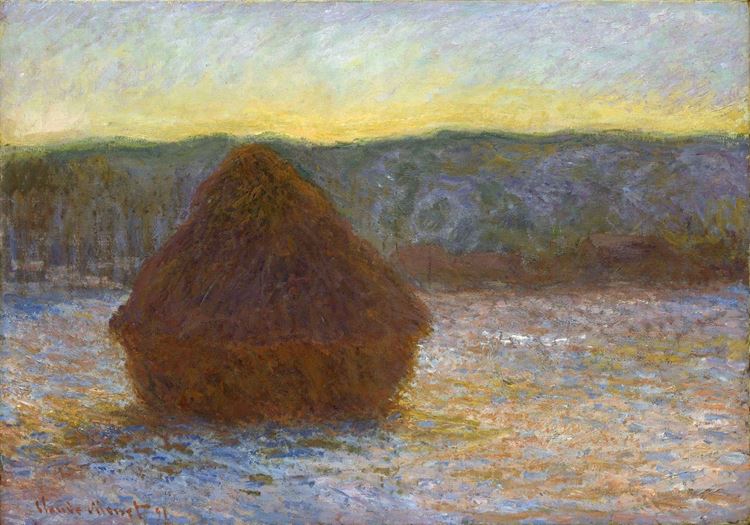
Haystacks, Thaw, Sunset, 1890-1891, The Art Institute of Chicago, Chicago, US.
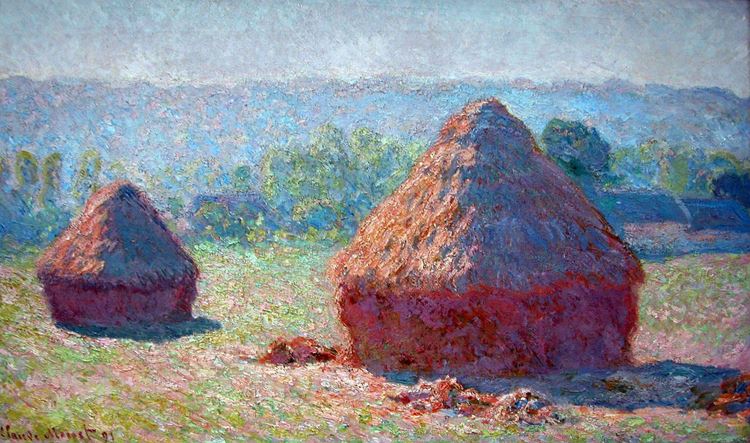
Haystacks, End of Summer, 1891, Musée d’Orsay, Paris, France.
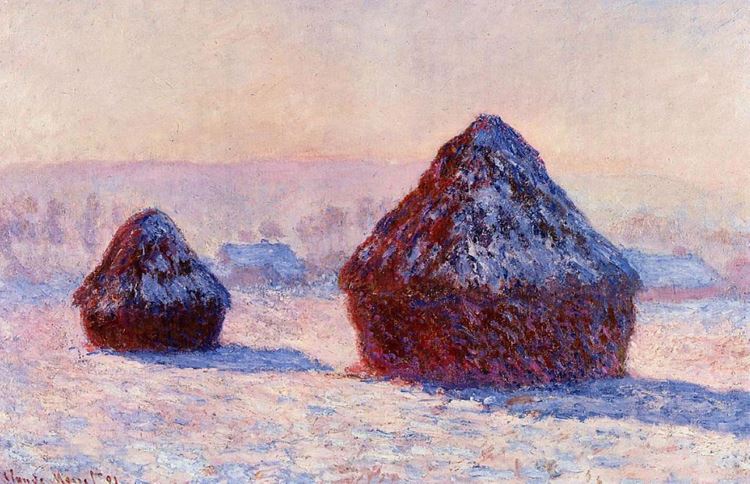
Haystacks, Snow Effect, Morning, 1891, J. Paul Getty Museum, Los Angeles, US.
Series Paints "Poplar" - Claude Monet
Bibliography;
Heinrich, C., (2006). Monet, Birinci Basım, Taschen/Remzi Kitabevi, İstanbul.
Newall, D., (2014). Empresyonistler Ayrıntıda Sanat, İkinci Basım, Türkiye İş Bankası Kültür Yayınları, İstanbul.
Zeidler, B., (2005). Monet, Literatür Yayıncılık, İstanbul.












